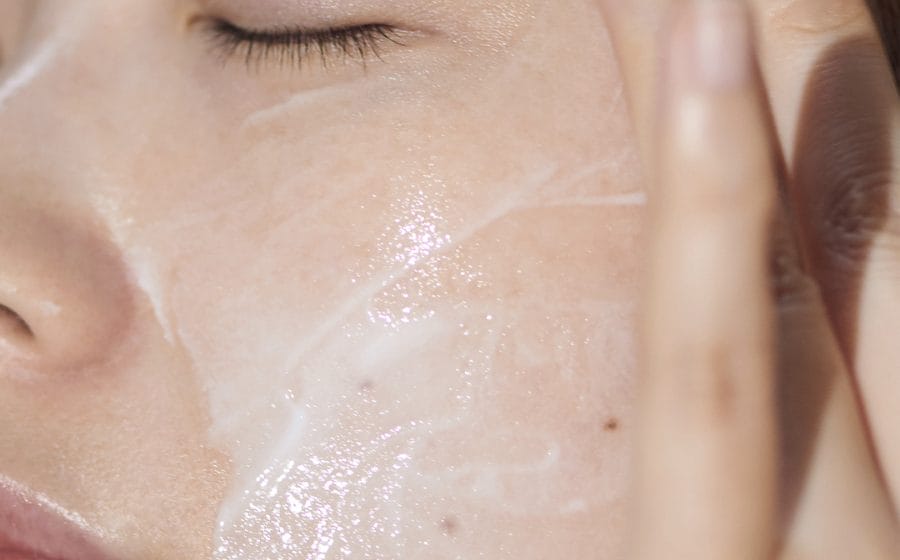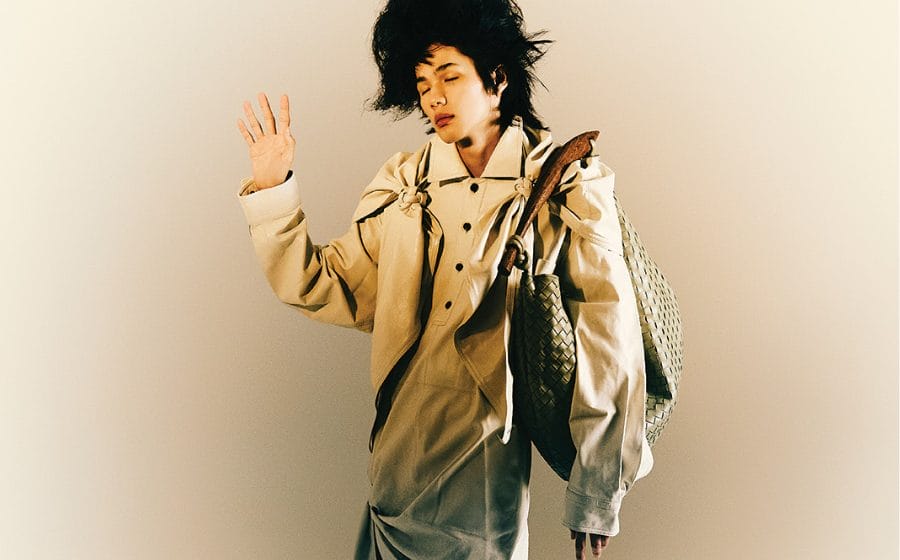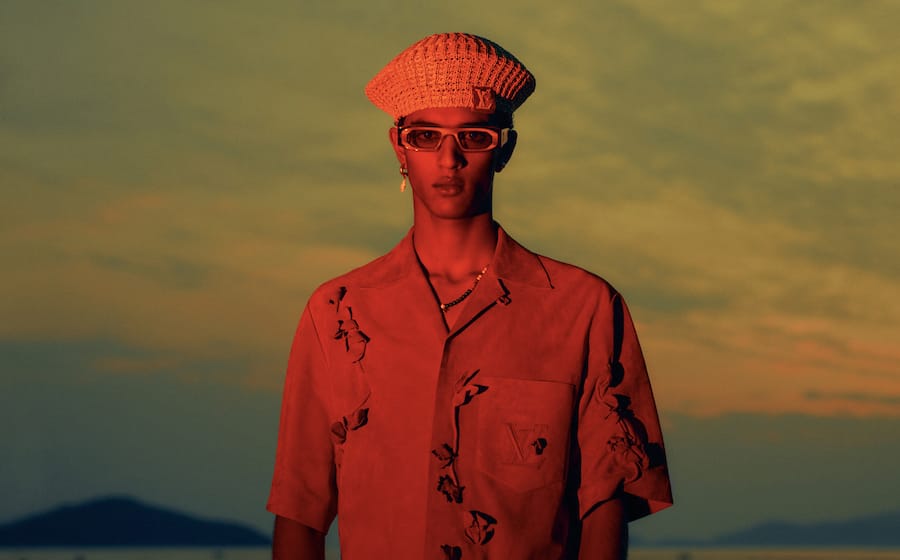 Singapore may be notorious for its stringent rules on art and expression but when it comes to presenting works that depict the nostalgic vignettes of times gone past, the rich and still-blossoming mural art scene helmed by people like a mural painter and visual artist Yip Yew Chong beg to differ.
Singapore may be notorious for its stringent rules on art and expression but when it comes to presenting works that depict the nostalgic vignettes of times gone past, the rich and still-blossoming mural art scene helmed by people like a mural painter and visual artist Yip Yew Chong beg to differ.
A self-taught artist who had never sought to formalise his artistic passions until nearly a decade ago, Yew Chong has since taken on the noble task of making public time capsules that not only immortalise scenes from his and the country’s early memories but also invite onlookers to interact with the art in their own creative ways.
Igniting the warm and inviting “kampung spirit” that his works so famously depict and exude, Men’s Folio chats with him to understand how he got to where he is today, what these works mean to him, and the simplest of desires that he wants out of this endeavour.
Hello Yew Chong! Before we start the interview proper, can you describe what you do for a living to someone who has never seen your artworks or murals before in 10 or fewer words?
Art that tells stories.
Now, I have to ask if you always knew that you were going to dabble in the arts from a young age? How did you discover your talent and passion for drawing?
As a kid, I doodled with colour pencils and crayons just like any other kid. I dabbled in arts and crafts from young to adulthood — in schools, NS, University and at work (in finance). I never took it seriously though but I must have been good enough to be arrowed to take part in drawing contests or designing logos, T-shirts, paint banners and backdrops or drawing farewell gift portraits for colleagues.
View this post on Instagram
You went on to pursue an accounting degree but turned to art full-time after 15 years in the industry. How has that experience helped you in navigating your art career?
In those days, we often pursued careers that we studied for. After graduating in accountancy, I worked for 25 years in the accounting department for various MNCs. I enjoyed the work and especially the exposure to dynamic international cultures but in late 2015, I painted my first street mural while taking a break from work.
Between 2016 to late 2018, I continued to paint murals on weekends while holding a full-time accounting job. Thus, I had three years of parallel running which smoothened the transition. Running accounting departments in MNCs and doing freelance art are very different experiences.
Onto the murals. How did the first mural come to be and how did the rest of the projects follow?
In 2015, after spotting many murals sprouting up all over Singapore, I decided to try painting one myself. I was lucky that a house owner agreed to let me paint his wall. Through social media, the mural was warmly received by the public and I received many commissioning requests. But in 2016, I had to go back to work.
View this post on Instagram
You mentioned in interviews that they are often tableaus inspired by your childhood. Do you have a pre-painting ritual or routine that you do to get yourself into the painting “zone”?
No specific pre-painting ritual because inspiration depends on the requirement of the project. Sometimes, when I have a mental block, I go for long walks and the ideas will flow again.
Out of curiousity, has there been a moment or memory that only resurfaced or was triggered as a result of your mural painting or sketches?
I think it applies more to the viewers than to myself. Many people have told me that my artworks trigger their own childhood memories. For example, images of their late or distant family members, old homes, cherished times etc, came flooding back.
A lady from Hong Kong visited my gallery exhibition and cried over a painting. She told me it reminded her of home!
View this post on Instagram
Since mural painting is almost like a kind of performance art, what has been the most interesting reaction a passerby has had to you painting a mural?
In 2017, I was painting a long mural along Amoy Street when dentist came by and said to me “My clinic is over there, I’ll give you a free dental checkup and cleaning session.”
A great deal of your work also comes from memories of your travels overseas. How do you remember those scenes so vividly? Is remembering what you felt there and then more important or the details that you noticed in your surroundings?
I only remember the ambience but not the details. For the latter, I refer to photographs. Capturing the overall ambience like mood, colour tone, and energy flow are critical to presenting a scene and it requires re-imagination.
That’s why I seldom try to paint scenes I haven’t personally experienced before and why I don’t paint following exactly from a photo. It’s also why I don’t do plein-air.
View this post on Instagram
You have also set up and participated in exhibitions to showcase your various paintings and sketches in the gallery space. What are your thoughts about presenting art in the public space vs the gallery in Singapore?
Public murals on the streets are like advertisements. They are raw, huge, impactful and accessible. People can chance upon them and be surprised, or intentionally visit them anytime any day for free.
Gallery exhibitions are more intimate as the artworks are smaller in scale, and the quality is finer. They are also collectable unlike murals which are temporary, thus people will see them as more valuable.
Having said that, both street or gallery art presentation objectives can be the same. For me, they both tell stories, bring joy, and can serve many other purposes such as education, mental health therapy, and promoting interest in Singapore culture.
View this post on Instagram
If there’s one thing you want people who look at your artworks to take away, what would that be?
Feel happy.
One last thing — what is the #1 most played song from your playlist last year?
Hearts Release by Jason Yu.
Once you’re done with this story, click here to catch up with our September 2022 issue!








